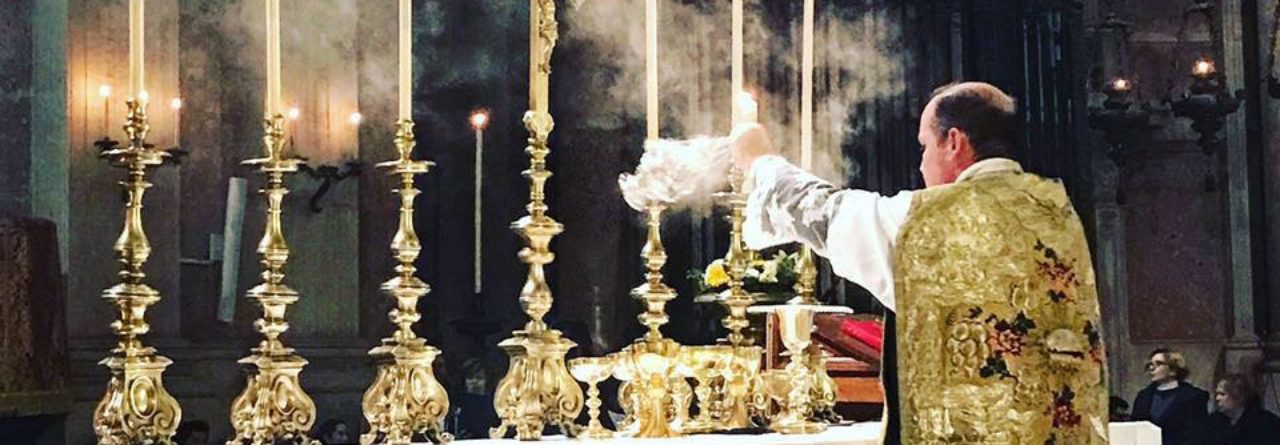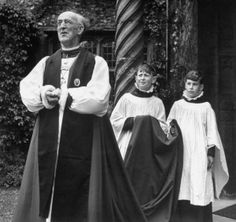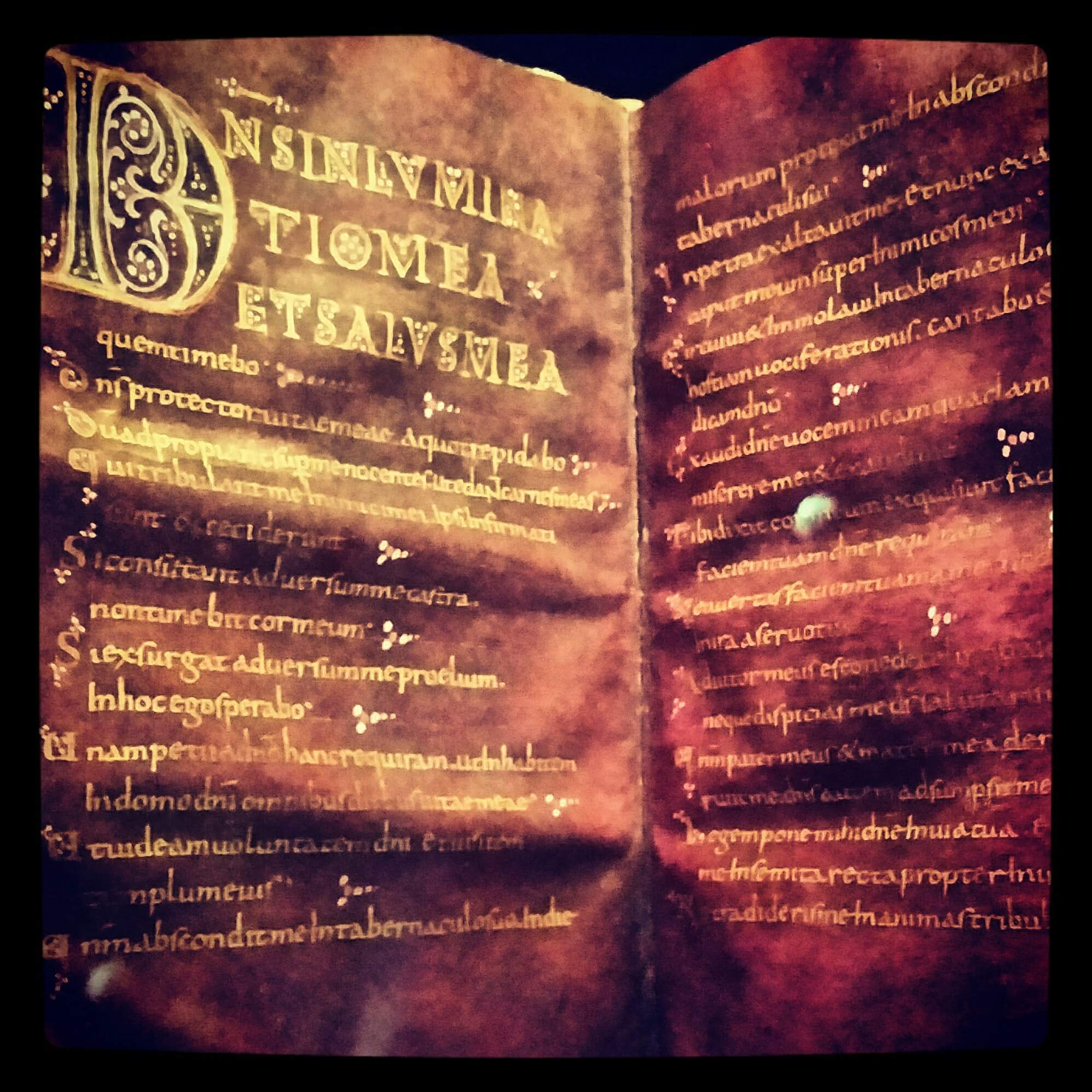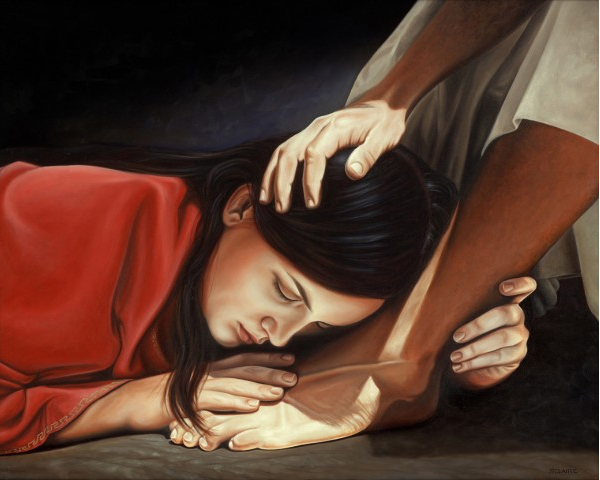I have become increasingly aware of the term doula. True, I do not move in the circles in which the word is more common. The first modern use of the term doula is in a 1969 anthropological paper by Dana Raphael:
“In working with human groups we note that the motivation for doula behavior is extremely complex. The doula may be assisting the new mother because she expects to be helped in like manner when her turn comes.”
Raphael, Dana. “Uncle Rhesus, Auntie Pachyderm, and Mom: All Sorts and Kinds of Mothering”. Perspectives in Biology and Medicine, vol. 12 no. 2, 1969, pp. 290–297. Project MUSE, doi:10.1353/pbm.1969.0035
The word comes from the modern Greek δούλα, derived from the the classical δούλη, ‘bondswoman’ or ‘slavegirl’. It came to be used to refer to a woman who accompanies another woman through preparation for childbirth, the birth itself and aftercare, giving advice and support either informally or in a professional manner. At first glance, it sounds much like the work of a midwife, but the doula is entirely non-medical, focusing on emotional support for the mother, alongside family, friends and healthcare professionals.
Doulas are becoming more popular with expectant mothers. And doulas are setting themselves up in business to be hired to accompany women through childbirth, even setting up agencies of several doulas. They offer a variety of skills and experience, often having given birth themselves, some trained in mindfulness meditation or home births, and so forth.
The term doula has started to be used beyond the sphere of childbirth to describe someone who provides one-to-one emotional support at other times of change or stress. Some doulas specialise in supporting the elderly, and particularly those with dementia. I’ve heard of death doulas who specialise in helping the dying to prepare for their death.
With that last example, the concept of the doula begins to sound more like a secularised form of pastoral ministry. Perhaps this is inevitable that secular societies find ways to reintroduce the services once offered by the church in non-religious ways, just as the wise-woman doula of the village of the past is a professional with a website today.
The church is need of new models of pastoral care. It is not that the old ones no longer work, but that they were not designed to work in our constantly shifting social spaces. In a world of specialists, church pastoral care often is rather general. This is a good thing — we should recognise the importance of unstructured general pastoral support — but there is increasing need for pastors who bring particular specialisms.
I wonder what a diocesan or deanery doula agency might look like. Perhaps it might train doulas to specialise in one or two areas, dying and dementia care perhaps. Their services could be offered for a fee, with the allowance to waive the fee whenever it might become a problem. Their services would be religious, praying with and for the person they support and offering spiritual counsel. However, I am also a believer in Christians demonstrating the love of God in pastoral work that is offered without these outwardly religious activities — “Well, I am trained by the Church of England to support those who are preparing for death. I am a Christian and I pray for all whom I support, but I do not impose matters of faith on my conversations or expectations of those whom I support”.
In the church, we have a word that is much like doula, and that word is deacon, from the Greek διάκονος for ‘servant’, ‘waiter’ or ‘errand runner’. Our bishops ordain men and women as deacons as the first order of clerical ministry. Most deacons quickly are ordained as priests, often a year later, and the diaconate has only swelled in times where certain people — women or married men — could be ordained as deacons but their churches would not ordain them as priests.
In the liturgy, a deacon assists the bishop or priest and encourages the people. In demonstration of this, to the deacon is particularly reserved the liturgical reading of the Gospel, the leading of the prayers of the people, and the serving of the Communion chalice (although others can fulfil these roles also). They may baptize, preach, teach, lead non-eucharistic worship and conduct funerals. As deacons are members of the clergy, they can wear the white clerical collar and use the style the Reverend. Sometimes people mistake deacons for priests, but that is hardly a problem: they are recognising someone who is a minister of the church, not asking them to fulfil a priestly function.
I wonder, that if a diocese of deanery trained doulas in a particular pastoral specialisation whether also ordaining them as permanent deacons, not to be later ordained as priests (who have plenty of other things to do), it would lend them added professionalisation and visibility, linking their personal and emotional care with the pastoral work of the church. A death doula-deacon could even conduct the funeral of the person whom she supported in their last days of earthly life. A childbirth doula-deacon could bring the family to church and celebrate the baptism.
As deacons of the early church, doula-deacons could be attached to local churches for daily prayers and Sunday worship, but minister at the direction of the bishop rather than a parish priest. They could pray with fellow doula-deacons regularly in the cathedral for spiritual support of one another. This would not mean that parish priests stop doing pastoral care or visiting the dying, but that the doula-deacons offer a specialised service that is perhaps more likely to be taken up by those who are not regularly in attendance at church. In fact, the ministries could be complementary. There is the tradition that the anointing of the sick is a priestly ministry (from James 5·14), and not for a deacon to do. Therefore, a death doula-deacon could call on a priest colleague to anoint a person preparing for death.





